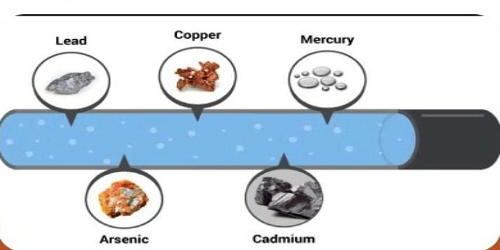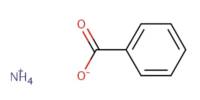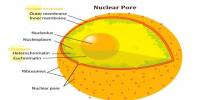Metal toxicity is the toxic effect of certain metals in certain forms and doses on life. Some metals are toxic when they form poisonous soluble compounds. Metal poisoning is the accumulation of heavy metals, in toxic amounts, in the soft tissues of the body. This poisoning occurs when your body’s soft tissues absorb too much of a particular metal. Certain metals have no biological role, i.e. are not essential minerals, or are toxic when in a certain form. Heavy metals, like arsenic, lead, mercury, and others, are all around us. They’re in the ground we walk on, in the water we drink, and in the products we use every day. Metal Toxicity can enter your body in different ways. You might consume them in the food you eat or absorb them through your skin, for example.
Many heavy metals exist, including – Arsenic, Cadmium, Copper, Iron, Lead, Mercury, Zinc, etc. They’re used in many modern-day applications, such as agriculture, medicine, and industry. In the case of lead, any measurable amount may have negative health effects. Often heavy metals are thought as synonymous, but lighter metals may also be toxic in certain circumstances, such as beryllium and lithium. Not all heavy metals are particularly toxic, and some are essential, such as iron. Many of the heavy metals, such as zinc, copper, chromium, iron, and manganese, are essential to body function in very small amounts.
Toxic metals sometimes imitate the action of an essential element in the body, interfering with the metabolic process resulting in illness. Many metals, particularly heavy metals are toxic, but some heavy metals are essential, and some, such as bismuth, has low toxicity. Most often the definition of toxic metals includes at least thallium, cadmium, manganese, lead, mercury, and the radioactive metals. It is a result of the toxic accumulation of certain metals. Such metals compete with and replace certain essential minerals in the course of which any of several of the body’s organ systems may be affected. It can affect males and females in equal numbers, depending on exposure.
Radioactive metals have both radiological toxicity and chemical toxicity. Metals in an oxidation state abnormal to the body may also become toxic: chromium(III) is an essential trace element, but chromium(VI) is a carcinogen. Metal toxicity may occur as a result of industrial exposure, air or water pollution, foods, medicines, improperly coated food containers, or the ingestion of lead-based paints.
Toxicity is a function of solubility. Insoluble compounds as well as the metallic forms often exhibit negligible toxicity. The toxicity of any metal depends on its ligands. In some cases, organometallic forms, such as methylmercury and tetraethyl lead, can be extremely toxic. In other cases, organometallic derivatives are less toxic such as the cobaltocenium cation. Their toxicity depends on several factors including the dose, route of exposure, and chemical species, as well as the age, gender, genetics, and nutritional status of exposed individuals.
















